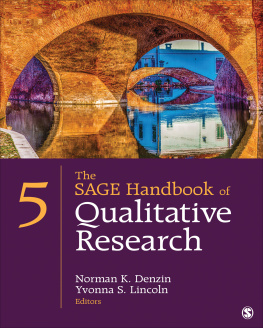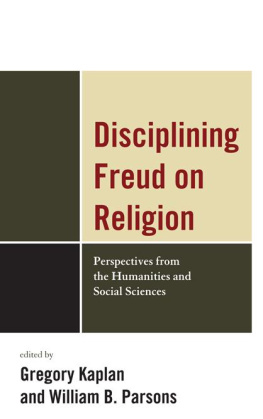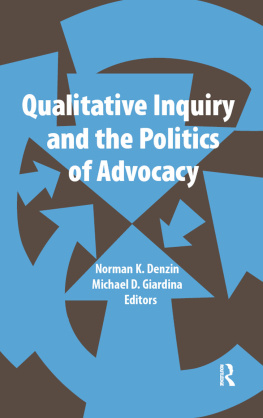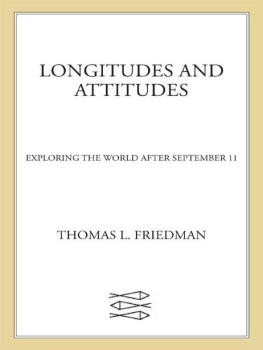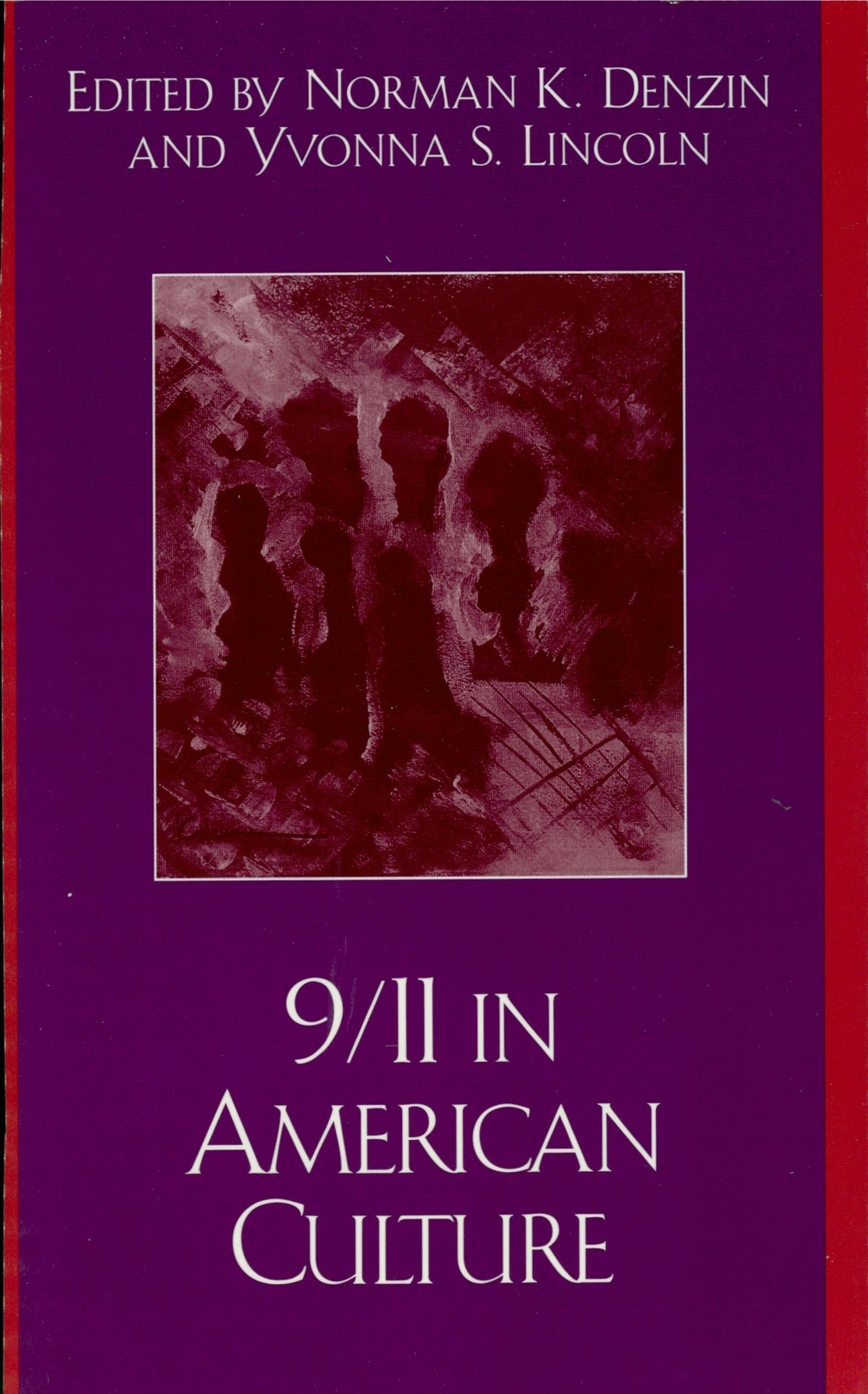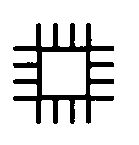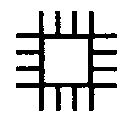Date
Sept. 11: Hijacked airliners crash in N.Y.C., at Pentagon, in Pennsylvania.
Sept. 11: Wal-Mart reports nationwide sales of U.S. flags up 1,800 percent over a year ago; ammunition purchases rise 100 percent.
Sept. 12: President Bush delivers televised national address from Oval Office.
Sept. 12: H. CON. RES. 224:
Expressing the sense of the Congress that, as a symbol of solidarity following the terrorist attacks on the United States on September 11, 2001, every United States citizen is encouraged to display the flag of the United States.
Sept. 13: H. J. RES. 63:
Declaring that a state of war exists between the United States and any entity determined by the President to have planned, carried out, or otherwise supported the attacks against the United States on September 11, 2001, and authorizing the President to use United States Armed Forces and all other necessary resources of the United States Government against any such entity in order to bring the conflict to a successful termination.
Sept. 14: President Bush visits Ground Zero in New York City in response to chants of USA! USA!
Sept. 15: Bush tells U.S.: Were at war, names Osama bin Laden prime suspect.
Sept. 17: Bush declares that the U.S. will launch a crusade against a new kind of evil.
Sept. 20: Bush creates cabinet-level Office of Homeland Security.
Sept. 20: Bush orders the deployment of warplanes, ships, equipment and personnel to the Persian Gulf and Afghanistan theater.
Sept. 20: Bush declares a war on terrorism, but Congress never votes on the War Powers Act.
Sept. 20: In a speech before Congress, Bush warns the Taliban to turn over all terrorists in Afghanistan.
Sept. 21: Congress approves $15 billion federal aid package for U.S. airline industry.
Sept. 21: Pop culture celebrity superstars stage telethon ( America: A Tribute to Heroes ) to raise money for victims of Sept. 11 attacks; stars include Tom Cruise, Julia Roberts, Robert De Niro, Bruce Springsteen, Stevie Wonder and Celine Dion.
Sept. 21: Taliban rejects Bushs ultimatium and vows to continue to protect Osama bin Laden and the A1 Qaeda terror network even if that provoked war.
Sept. 27: Bush authorizes National Guard troops for airport security.
Sept. 27: FBI releases names of hijackers.
Oct. 5: First of five anthrax deaths.
Oct. 5: Britains Tony Blair lays out the most detailed US.-supported evidence linking Sept. 11 hijackers to the bin Laden network.
Oct. 7: U.S. opens first air assault against Afghanistan with cruise missiles. Bush declares, I gave them fair warning.
Oct. 13: Anthrax scares ripple across the nation.
Oct. 19: U.S. ground forces battle for first time in Afghanistan.
Oct. 26: Bush signs a terrorism bill that he calls an essential step in defeating terrorism, while protecting the constitutional rights of all Americans.
Oct. 28: U.S. Patriot Act implemented.
Oct. 30: For the second time in a month the FBI issues an alert warning Americans that it had credible evidence to believe there could be new terrorist attacks.
Nov. 7: First full month of war in Afghanistan.
Nov. 7: Bush urges other nations to join war on terrorism.
Nov. 8: A report attacking criticisms of the war on terrorism is issued by the Americal Council of Trustees and Alumni: Defending Civilization: How Our Universities Are Failing America and What Can Be Done about It.
Nov. 14: Bush issues controversial War Tribunal order.
Nov. 16: FBI reports that they found no evidence indicating that any of the roughly 1,200 people arrested in the U.S. played a part in the suicide hijacking plot of Sept. 11.
Nov. 28: First American dies in Afghanistan.
Dec. 6: Afghans sign an accord to create a multiethnic government.
Dec. 8: Formal ground war draws to an end.
Jan. 10: U.S. military cargo plane leaves Afghanistan with the first twenty Taliban and Al Qaeda prisoners to be transferred to Guantanamo Bay Cuba.
Jan. 29: In State of Union address, Bush characterizes Iraq, Iran and North Korea as the Axis of Evil. Bush expands war on terror to include the Axis of Evil. Bush calls for creation of USA Freedom Corps.
Feb. 9 : Bush administration begins serious planning for a campaign against Saddam Hussein.
Feb. 11: Pentagon commits 650 soldiers to help Philippine government track down and defeat Abu Sayyaf, an Islamic grouip with possible links to Osama bin Laden.
Feb. 27: Pentagon flirts with a high-level office to influence public sentiment abroad.
Mar. 7: National Guard begins phased withdrawal through May of airport security-duty.
Mar. 7: Flight 93 National Memorial Act (introduced in House, but since signed into law) to authorize a national memorial to commemorate the passengers and crew of Flight 93 who, on September 11, 2001, courageously gave their lives by thwarting a planned attack on our nations Capital.
Mar. 10: A new organization, headed by William Bennett, Americans For Victory Over Terrorism, is announced.
Mar. 11: President unveils September 11 postage stamp.
Mar. 12: Homeland Security Advisory System: Ridge announces the color-coded advisory system.
Mar. 12: Cheney sent to the Middle East.
Mar. 20: Military Tribunal Authorization Act of 2002 (introduced in House, but since signed into law) to authorize the president to establish military tribunals to try the terrorists responsible for the September 11, 2001, attacks against the United States, and for other purposes.
Mar. 21: Homeland Security Council Executive Order: Executive Order Establishing the Presidents Homeland Security Advisory Council and Senior Advisory Committees for Homeland Security.
April 4: Bush announces Colin Powell will be sent to the Middle East.
April 9: Defense Budget Restoration Act (introduced in House) to authorize the appropriation of the $10,000,000,000 reserve fund within the national defense budget function for activities to prosecute the war on terrorism.
April 30: Bush joins with Congress in legally proclaiming May I as Loyalty Day.



